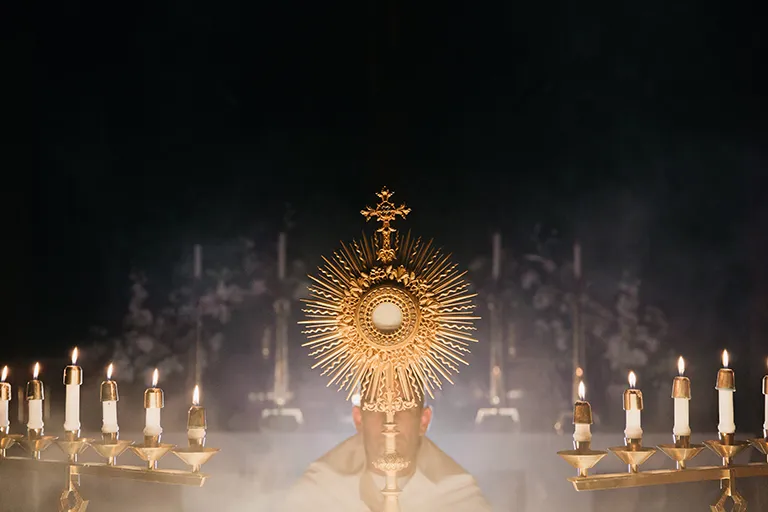It was the historian Paolo Prodi (1932– 2016) who coined the expression ‘Tridentine paradigm’ to indicate the set of identity markers that emerged from the Council of Trent (1545–1563) and which shaped the Catholic Church for centuries, at least until the second half of the 20th century.
Prodi explored the self-understanding of the institutional Church of Rome which, in the wake of and in response to the ‘threat’ of the Protestant Reformation, closed hierarchical and pyramidal ranks up to the primacy of the Pope. The Church consolidated its sacramental system, regimented the Church in rigorous canonical forms and parochial territories, and disciplined folk devotions and the control of consciences. It promoted models of holiness to involve the laity emotionally and inspired artists to celebrate the new vitality of the Church of Rome in a memorable form.
With the same paradigm, Rome also faced a second push coming from the modern world: that of the Enlightenment (on the cultural side) and the French Revolution (on the political side) between the 18th and 19th centuries. With the same set of institutional, sacramental and hierarchical markers that emerged from the Council of Trent, Rome defended itself from the attack of modernity and counter-attacked. The Tridentine paradigm exalted the Church of Rome and condemned its enemies. It established who was in and who was out. It defined Roman Catholic doctrine and rejected ‘Protestant’ and ‘Modernist’ heresies. According to the Tridentine paradigm, it was clear who Catholics were, what they believed, how they were expected to behave, and how the Church functioned.








Francis (1936-2025) – the Pope so close, yet so far away?
A leading evangelical in Rome, Leonardo De Chirico, offers his personal reflections on the direction of the Roman Catholic Church …